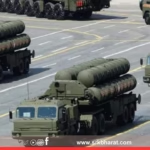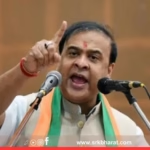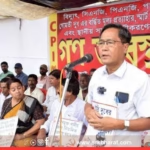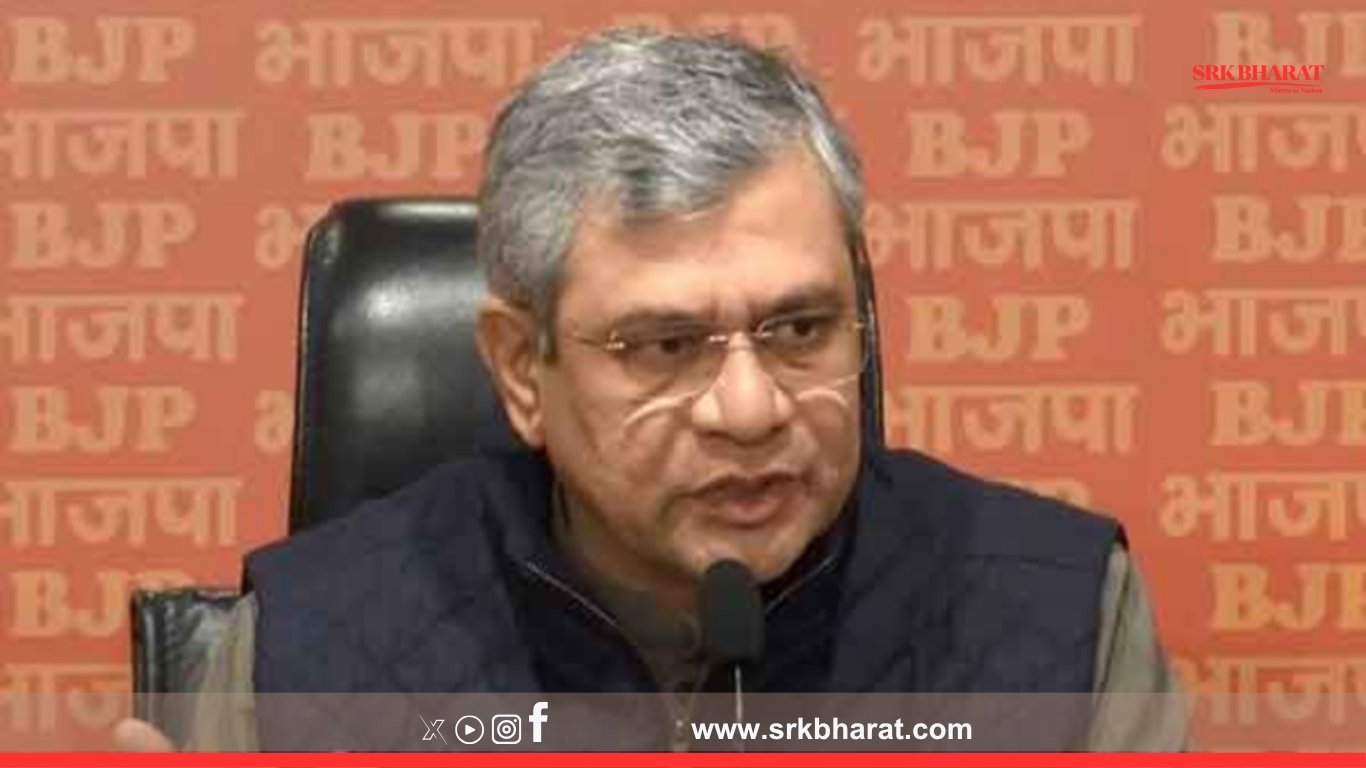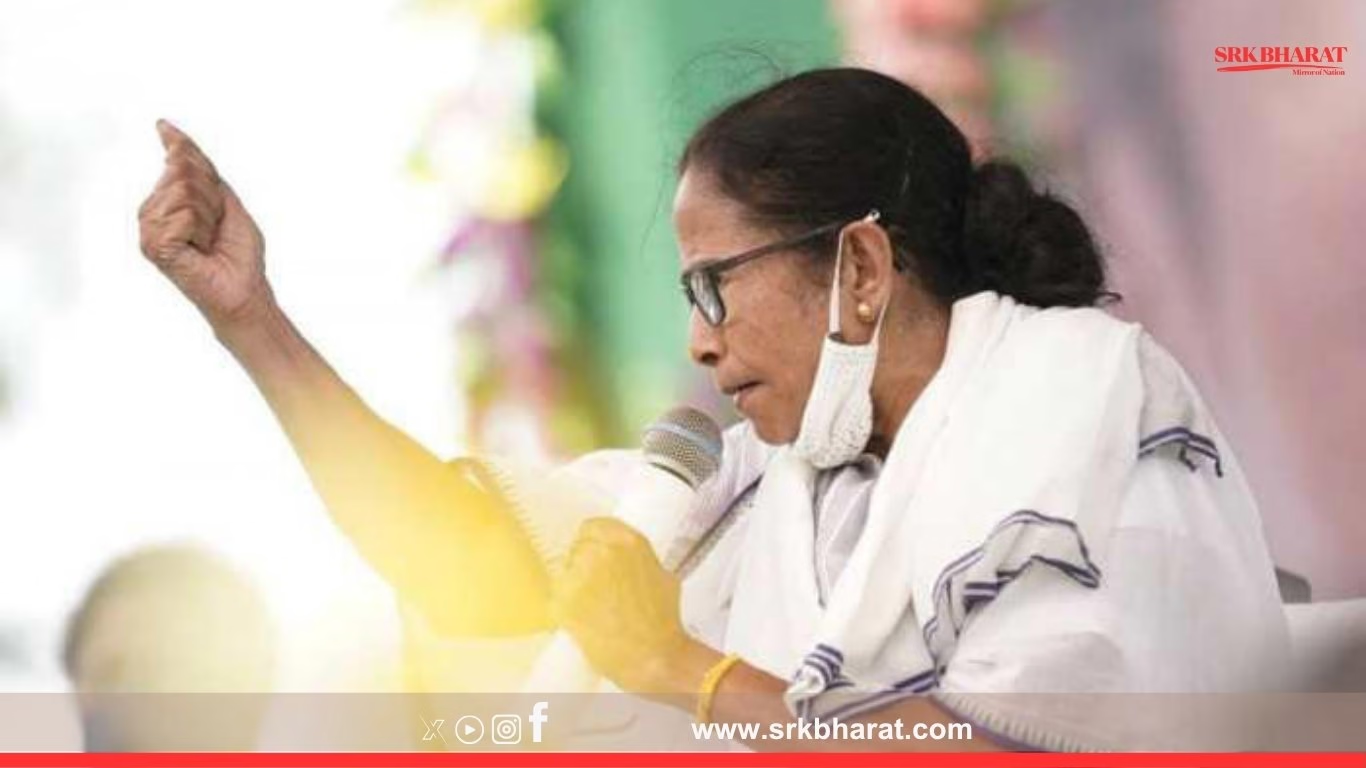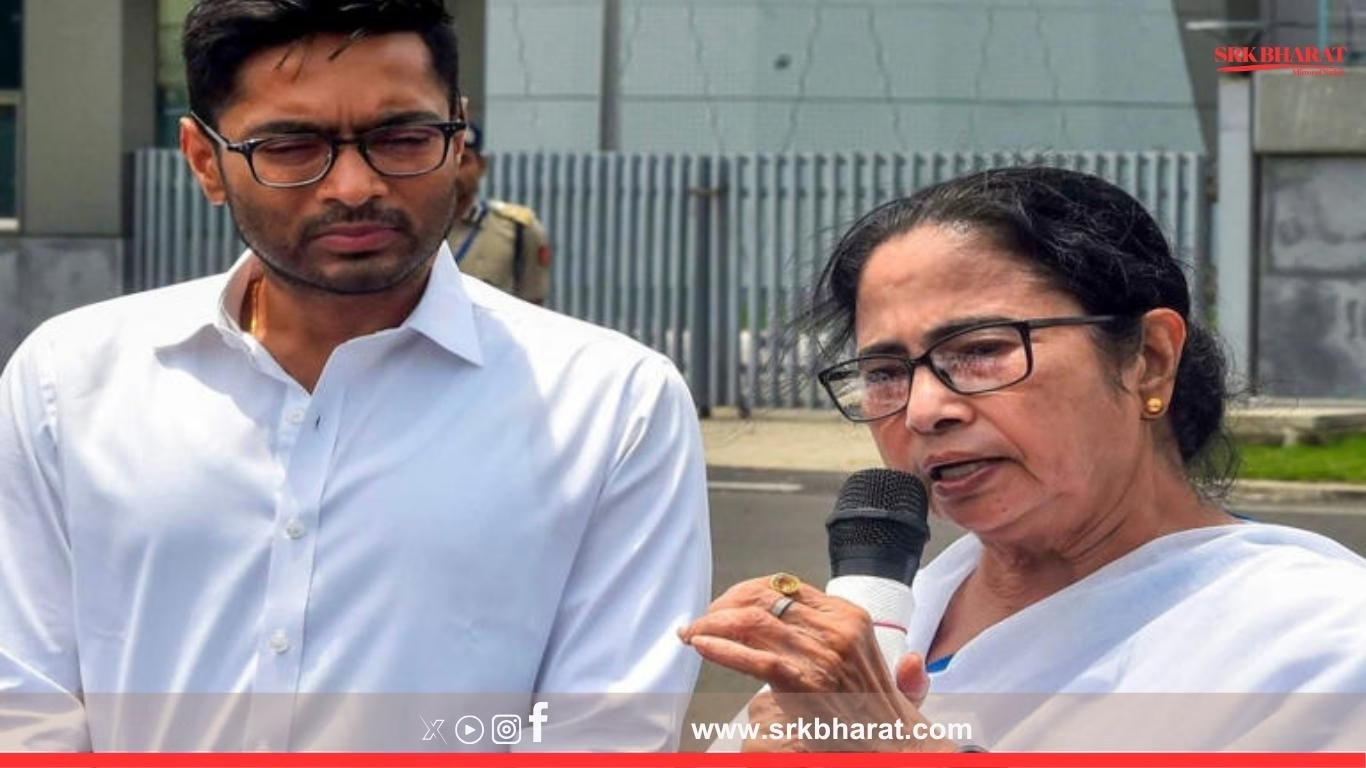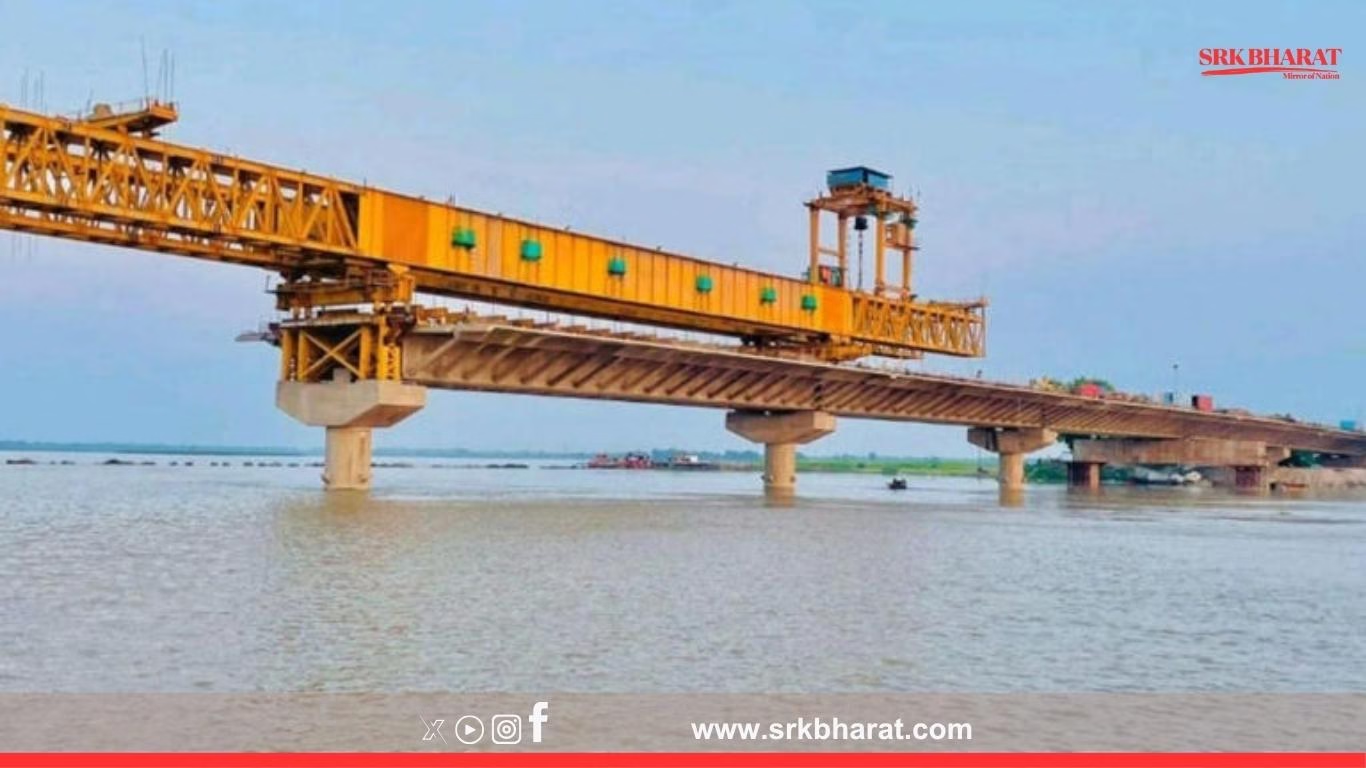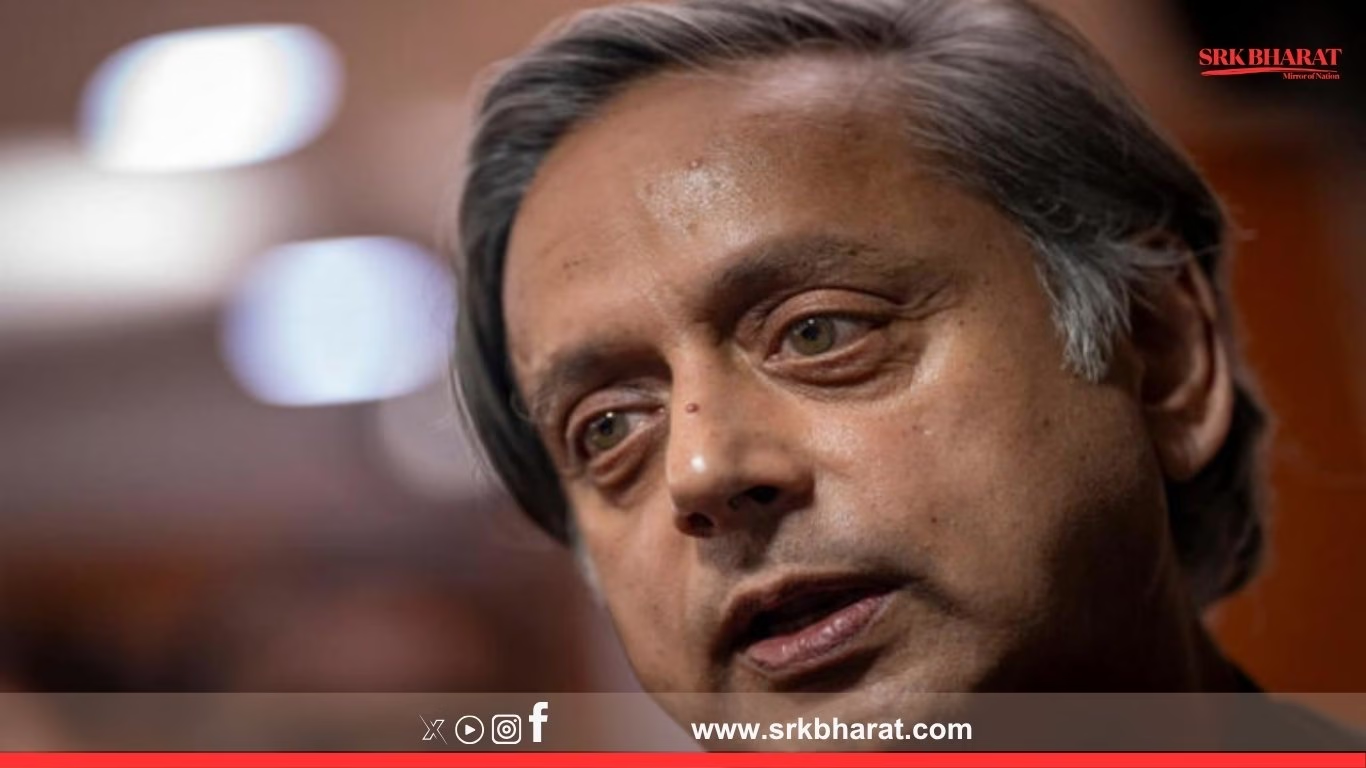In a major pre-election economic push, the Union Cabinet on Wednesday approved a Rs 1 lakh crore employment-centric scheme aimed at creating 3.5 crore jobs across India over the next five years. The initiative comes months before key state polls, signalling the government’s focus on addressing youth unemployment, rural distress, and MSME sector revival while boosting growth in labour-intensive sectors.
🔍 Scheme Overview
| Parameter | Details |
|---|---|
| Scheme name | National Mega Employment & Skill Enhancement Programme (NMESP) |
| Cabinet approval date | July 2, 2025 |
| Total outlay | Rs 1 lakh crore |
| Jobs targeted | 3.5 crore (35 million) |
| Implementation period | FY 2025-26 to FY 2029-30 |
| Key ministries involved | Ministry of Labour & Employment, Ministry of MSME, Ministry of Skill Development |
🗣️ Prime Minister’s Statement
After the cabinet meeting, Prime Minister Narendra Modi tweeted:
“The approval of NMESP marks a historic step towards fulfilling our commitment to job creation and skilling India’s youth for the industries of tomorrow.”
📊 Sector-Wise Job Creation Targets
| Sector | Jobs Targeted (in lakh) | Focus Areas |
|---|---|---|
| Manufacturing | 80 | Textiles, garments, leather, electronics |
| Construction & Infra | 70 | Roads, housing, smart cities |
| Agriculture & Agro-processing | 60 | Food processing units, FPOs |
| Retail & e-commerce | 50 | Rural retail chains, warehousing |
| Tourism & Hospitality | 40 | Homestays, tourism guides, hospitality services |
| Healthcare & Care Economy | 30 | Nursing, medical technicians, elderly care |
| Green energy & EV | 20 | Solar panel manufacturing, EV maintenance |
| Other services | 100 | Education, digital services, logistics |
(Source: Ministry of Labour draft implementation plan)
🔎 Key Components Of NMESP
- Skill Voucher Programme:
Direct transfer of Rs 10,000-20,000 vouchers to eligible youth for skill courses in accredited centres. - MSME Apprenticeship Boost:
Incentives for MSMEs to hire apprentices with government covering up to 50% stipend cost for 12 months. - Mega Rural Works Initiative:
Expansion of MGNREGA-type employment generation with semi-skilled and skilled task components for better wages. - Women’s Employment Incentives:
Special subsidies for employers hiring women in manufacturing and services under formal contracts. - Startup and Innovation Jobs:
Grants for agri-tech, health-tech, and renewable startups employing local youth in Tier-2 and Tier-3 cities.
🗣️ Finance Minister Nirmala Sitharaman’s Comments
Addressing the media, FM Sitharaman said:
“The Rs 1 lakh crore NMESP will not only create jobs but also enhance employability through certification, leading to higher wages and formalisation of labour.”
💡 Why Was This Scheme Needed?
| Reason | Explanation |
|---|---|
| Youth unemployment challenge | India’s unemployment rate touched 7.8% in June 2025, with urban youth facing the worst crisis. |
| MSME slowdown recovery | Post-pandemic MSMEs need wage subsidy support to revive hiring. |
| Rural distress | Low agricultural incomes necessitate off-farm job creation. |
| Election year push | State polls in Maharashtra, Haryana, Jharkhand, Delhi, and Bihar in late 2025. |
🗣️ Opposition Reaction
The Congress party criticised the scheme, calling it an “election-driven gimmick without structural reforms.” Congress spokesperson Supriya Shrinate said:
“The government failed to deliver on its 2014 and 2019 job promises. Another announcement before polls won’t address systemic unemployment.”
🏦 Funding Mechanism
| Source | Amount (Rs crore) |
|---|---|
| Budget allocation FY26 | 20,000 |
| Budget allocation FY27 | 20,000 |
| Budget allocation FY28 | 20,000 |
| Budget allocation FY29 | 20,000 |
| Budget allocation FY30 | 20,000 |
| Total | 1,00,000 |
The Ministry of Finance confirmed funds will be disbursed in phased tranches linked to output KPIs submitted by implementing ministries.
🔬 Monitoring & Evaluation Framework
- Real-time dashboard tracking employment generation at district level
- Third-party social audits by academic institutions
- Annual outcome reports tabled in Parliament
🏆 Expected Economic Impact
- Boost to GDP growth by an estimated 0.8-1.2% annually
- Formalisation of informal workforce, bringing them under PF, ESIC, and pension coverage
- Enhanced skill base, matching demands of EV, renewable, healthcare, and construction sectors
📊 State-Wise Job Creation Targets (First Two Years)
| State | Jobs Targeted (lakh) |
|---|---|
| Uttar Pradesh | 35 |
| Maharashtra | 28 |
| Bihar | 24 |
| West Bengal | 22 |
| Madhya Pradesh | 20 |
| Rajasthan | 18 |
| Tamil Nadu | 17 |
| Karnataka | 15 |
| Gujarat | 14 |
| Odisha | 10 |
| Total (Top 10 states) | 203 lakh (2.03 crore) |
(Source: NMESP draft state allocation plan)
💬 Industry Bodies React
CII President Sanjiv Puri:
“This scheme can boost employment generation, especially if skill vouchers align with industry demands.”
FICCI Secretary General Shailesh Pathak:
“The apprenticeship and wage subsidy support will encourage MSMEs to restart hiring at scale.”
📝 Challenges Ahead
- Ensuring timely fund disbursal to avoid state-level implementation delays
- Preventing leakages and misuse of skill vouchers through robust digital monitoring
- Aligning skill programmes with real job market demand to avoid underemployment
🔮 Road Ahead
- Draft guidelines finalisation within one month
- State government consultations to finalise district-wise implementation blueprints
- Scheme rollout from October 2025 with PM Modi’s launch event likely before election notifications
✅ Key Takeaways
- The Union Cabinet has approved a Rs 1 lakh crore mega employment and skilling scheme to create 3.5 crore jobs over five years.
- The programme combines skill vouchers, MSME apprenticeship subsidies, rural employment, and women’s workforce participation incentives.
- Critics call it “pre-poll optics” while industry bodies see potential in wage subsidy and skilling support.
- Success will depend on targeted implementation, monitoring, and aligning skills with market needs to deliver genuine employment outcomes before India’s crucial state and general elections.
📌 Disclaimer
This news content is for informational and editorial purposes only. Data has been sourced from Union Cabinet meeting minutes, Finance Ministry press notes, and industry association reactions. Readers are advised to follow official government portals for scheme guidelines, eligibility criteria, and application processes.



